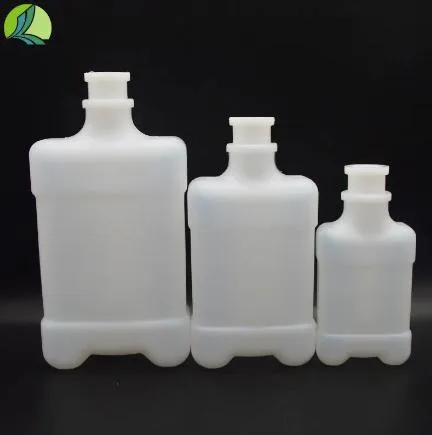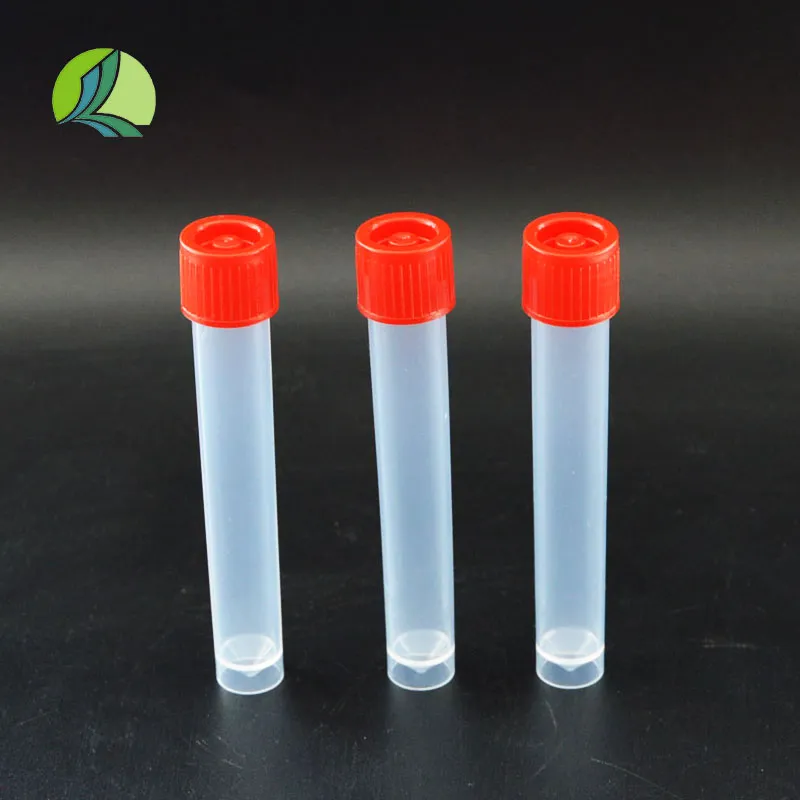
-
 Afrikaans
Afrikaans -
 Albanian
Albanian -
 Amharic
Amharic -
 Arabic
Arabic -
 Armenian
Armenian -
 Azerbaijani
Azerbaijani -
 Basque
Basque -
 Belarusian
Belarusian -
 Bengali
Bengali -
 Bosnian
Bosnian -
 Bulgarian
Bulgarian -
 Catalan
Catalan -
 Cebuano
Cebuano -
 Corsican
Corsican -
 Croatian
Croatian -
 Czech
Czech -
 Danish
Danish -
 Dutch
Dutch -
 English
English -
 Esperanto
Esperanto -
 Estonian
Estonian -
 Finnish
Finnish -
 French
French -
 Frisian
Frisian -
 Galician
Galician -
 Georgian
Georgian -
 German
German -
 Greek
Greek -
 Gujarati
Gujarati -
 Haitian Creole
Haitian Creole -
 hausa
hausa -
 hawaiian
hawaiian -
 Hebrew
Hebrew -
 Hindi
Hindi -
 Miao
Miao -
 Hungarian
Hungarian -
 Icelandic
Icelandic -
 igbo
igbo -
 Indonesian
Indonesian -
 irish
irish -
 Italian
Italian -
 Japanese
Japanese -
 Javanese
Javanese -
 Kannada
Kannada -
 kazakh
kazakh -
 Khmer
Khmer -
 Rwandese
Rwandese -
 Korean
Korean -
 Kurdish
Kurdish -
 Kyrgyz
Kyrgyz -
 Lao
Lao -
 Latin
Latin -
 Latvian
Latvian -
 Lithuanian
Lithuanian -
 Luxembourgish
Luxembourgish -
 Macedonian
Macedonian -
 Malgashi
Malgashi -
 Malay
Malay -
 Malayalam
Malayalam -
 Maltese
Maltese -
 Maori
Maori -
 Marathi
Marathi -
 Mongolian
Mongolian -
 Myanmar
Myanmar -
 Nepali
Nepali -
 Norwegian
Norwegian -
 Norwegian
Norwegian -
 Occitan
Occitan -
 Pashto
Pashto -
 Persian
Persian -
 Polish
Polish -
 Portuguese
Portuguese -
 Punjabi
Punjabi -
 Romanian
Romanian -
 Russian
Russian -
 Samoan
Samoan -
 Scottish Gaelic
Scottish Gaelic -
 Serbian
Serbian -
 Sesotho
Sesotho -
 Shona
Shona -
 Sindhi
Sindhi -
 Sinhala
Sinhala -
 Slovak
Slovak -
 Slovenian
Slovenian -
 Somali
Somali -
 Spanish
Spanish -
 Sundanese
Sundanese -
 Swahili
Swahili -
 Swedish
Swedish -
 Tagalog
Tagalog -
 Tajik
Tajik -
 Tamil
Tamil -
 Tatar
Tatar -
 Telugu
Telugu -
 Thai
Thai -
 Turkish
Turkish -
 Turkmen
Turkmen -
 Ukrainian
Ukrainian -
 Urdu
Urdu -
 Uighur
Uighur -
 Uzbek
Uzbek -
 Vietnamese
Vietnamese -
 Welsh
Welsh -
 Bantu
Bantu -
 Yiddish
Yiddish -
 Yoruba
Yoruba -
 Zulu
Zulu
Jan . 30, 2025 03:52
Back to list
plastic reagent bottle factory
Plastic reagent bottles have become an essential tool in various scientific fields, providing a reliable and safe method of storing chemical substances. Selecting an appropriate material for these bottles is critical, as it directly influences their performance and safety. In this article, we will delve into the different materials used for plastic reagent bottles, focusing on their characteristics and suitability for specific applications, bolstering our understanding with practical experience and expert insights.
Polyvinyl chloride (PVC) is occasionally used for reagent bottles, particularly where flexibility is a priority. While PVC offers decent chemical resistance and is budget-friendly, it is less resilient when exposed to high temperatures and some organic solvents. Practical applications of PVC bottles are mainly focused on short-term storage or non-critical situations, where budget constraints may necessitate their use over more robust materials. Personal experience within the field underscores the importance of understanding the chemical compatibility of these materials with the reagents they are intended to store. For instance, failure to match a chemical reagent with a compatible plastic can lead to degradation of the bottle or even hazardous leaks. Experts advise conducting thorough compatibility testing as a routine part of laboratory safety protocols. Authoritative voices in the scientific community stress the significance of regulatory compliance in selecting materials for reagent bottles. Standards such as those stipulated by the ASTM or ISO ensure that the bottles meet safety and quality benchmarks, thereby fostering trust in their use. Researchers should prioritize products that carry such certifications, as they are indicative of a commitment to safety and reliability. In conclusion, the selection of plastic reagent bottle material is a decision that hinges on various factors including chemical compatibility, temperature tolerance, cost, and regulatory adherence. By leveraging insights from real-world experiences and authoritative sources, one can navigate these choices more effectively, ensuring safety, efficacy, and trustworthiness in laboratory practice. Stay informed and make educated decisions that reflect both expertise and a commitment to scientific excellence.


Polyvinyl chloride (PVC) is occasionally used for reagent bottles, particularly where flexibility is a priority. While PVC offers decent chemical resistance and is budget-friendly, it is less resilient when exposed to high temperatures and some organic solvents. Practical applications of PVC bottles are mainly focused on short-term storage or non-critical situations, where budget constraints may necessitate their use over more robust materials. Personal experience within the field underscores the importance of understanding the chemical compatibility of these materials with the reagents they are intended to store. For instance, failure to match a chemical reagent with a compatible plastic can lead to degradation of the bottle or even hazardous leaks. Experts advise conducting thorough compatibility testing as a routine part of laboratory safety protocols. Authoritative voices in the scientific community stress the significance of regulatory compliance in selecting materials for reagent bottles. Standards such as those stipulated by the ASTM or ISO ensure that the bottles meet safety and quality benchmarks, thereby fostering trust in their use. Researchers should prioritize products that carry such certifications, as they are indicative of a commitment to safety and reliability. In conclusion, the selection of plastic reagent bottle material is a decision that hinges on various factors including chemical compatibility, temperature tolerance, cost, and regulatory adherence. By leveraging insights from real-world experiences and authoritative sources, one can navigate these choices more effectively, ensuring safety, efficacy, and trustworthiness in laboratory practice. Stay informed and make educated decisions that reflect both expertise and a commitment to scientific excellence.
Share
Latest news
-
PTFE Centrifuge Tubes - Chemical Resistant, Leak-proof, Ideal for Laboratory UseNewsJul.05,2025
-
Premium Metal Dropper Bottle for Precise Dispensing 250ml & 1ml Options AvailableNewsJul.04,2025
-
20 ml Headspace Vials - High Quality Polyethylene & Plastic Vials for Lab UseNewsJul.04,2025
-
Small Bottle with Pipette - Precise Dispensing 100ml Pipette Bottles for Essential Oils & Lab UseNewsJun.24,2025
-
Acetic Anhydride Bottle for Accurate Dropper Measurement in Pharmacy Use High-Quality Dropper BottlesNewsJun.10,2025
-
Innovative PET Bottle Design for Juice – Unique Shapes & Customization OptionsNewsJun.10,2025
RECOMMEND PRODUCTS






















